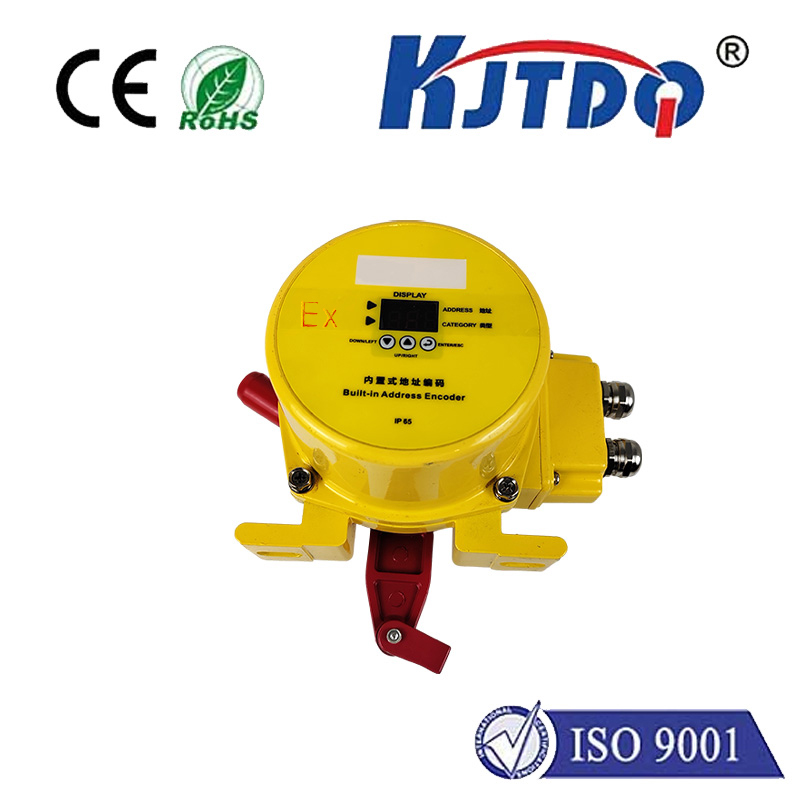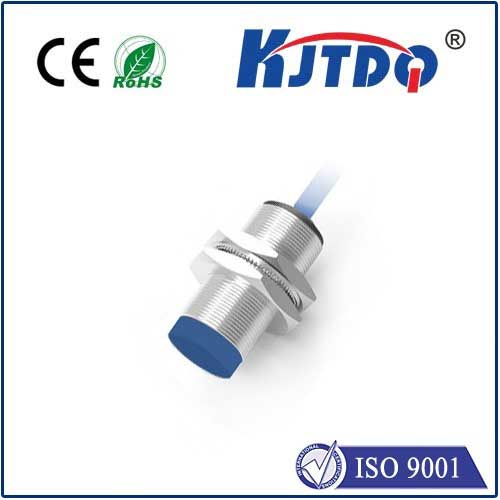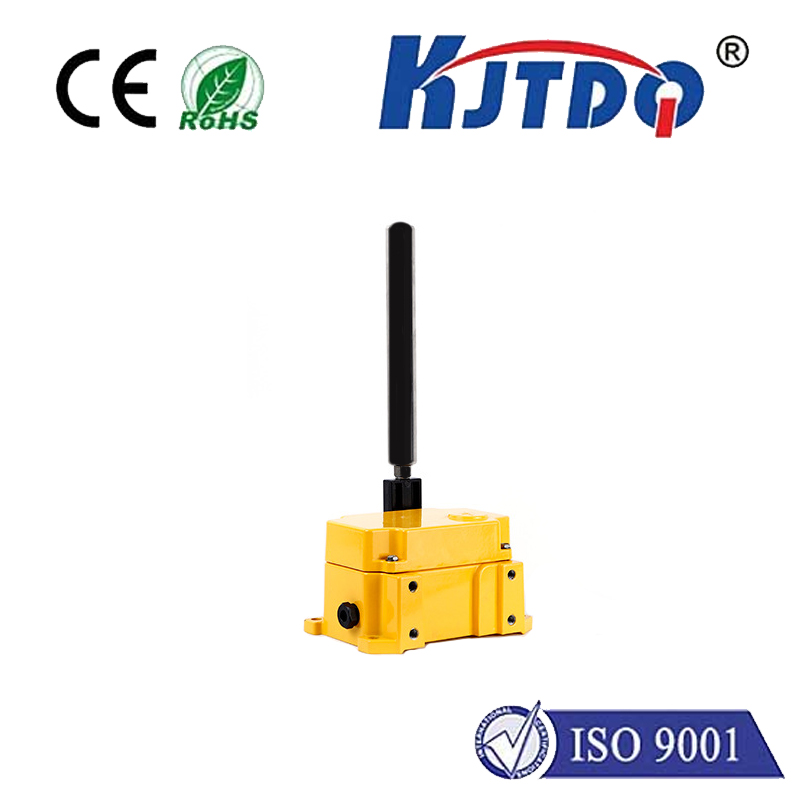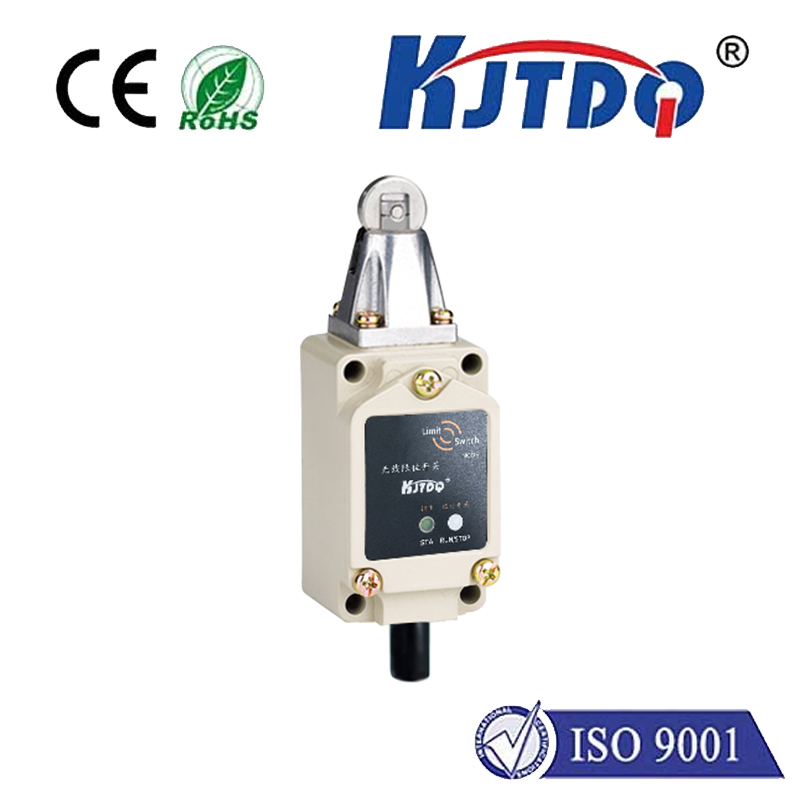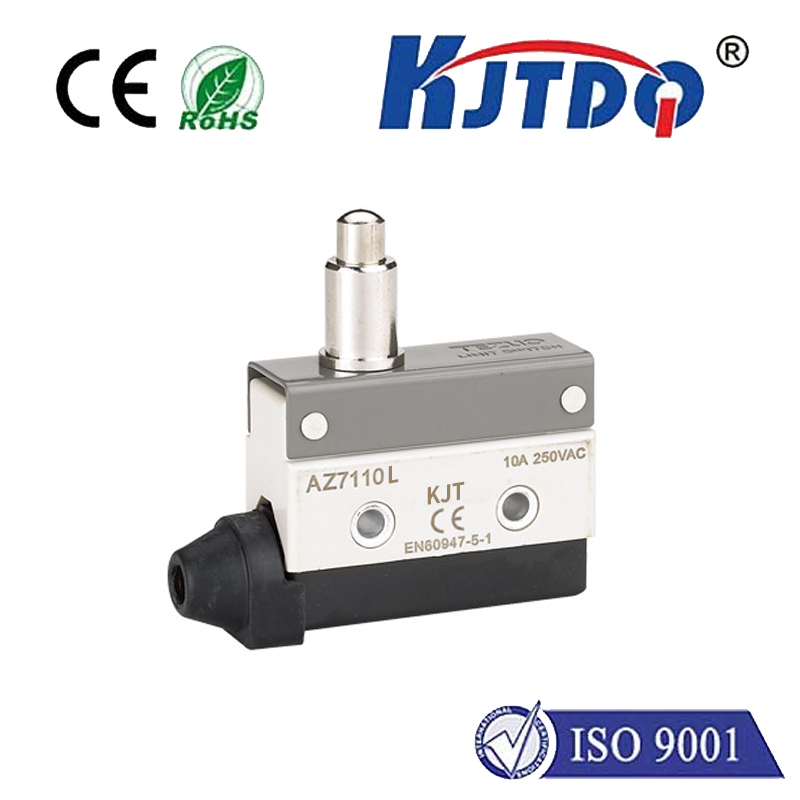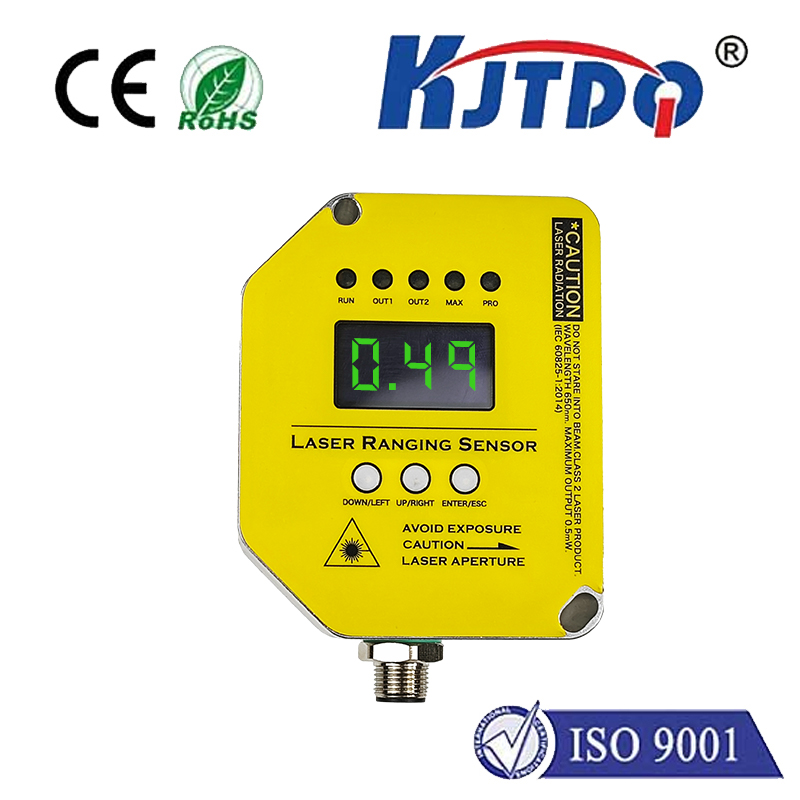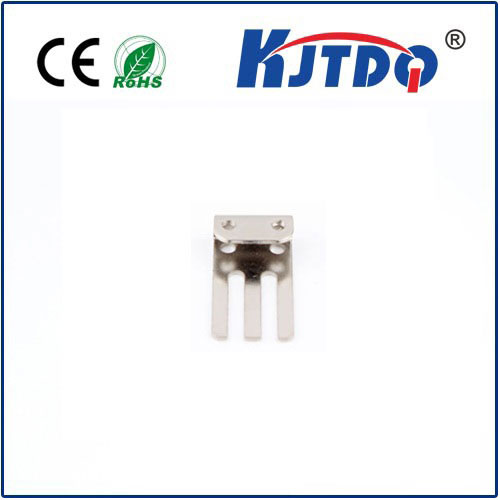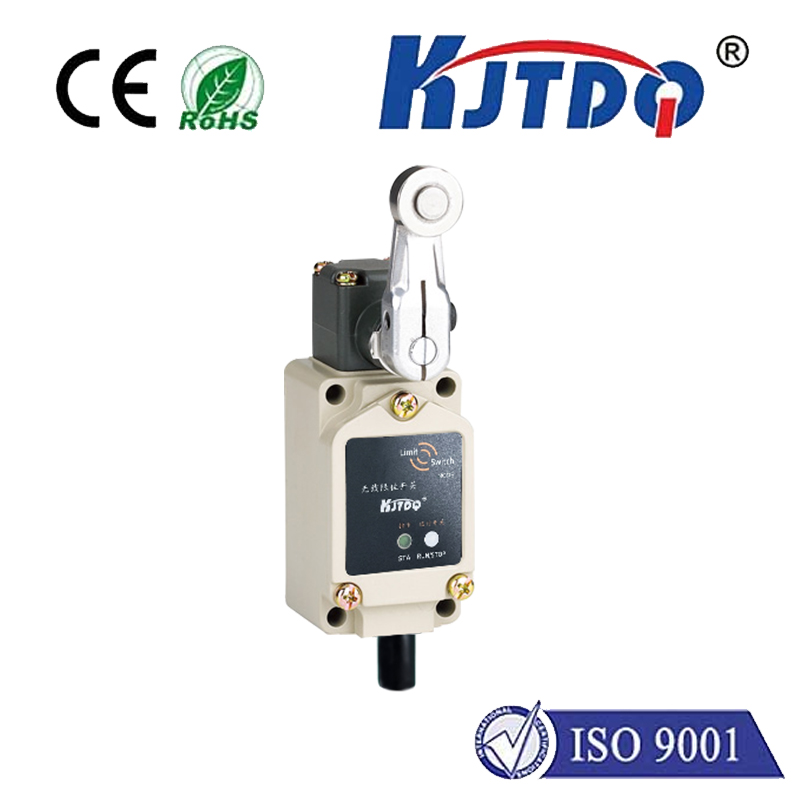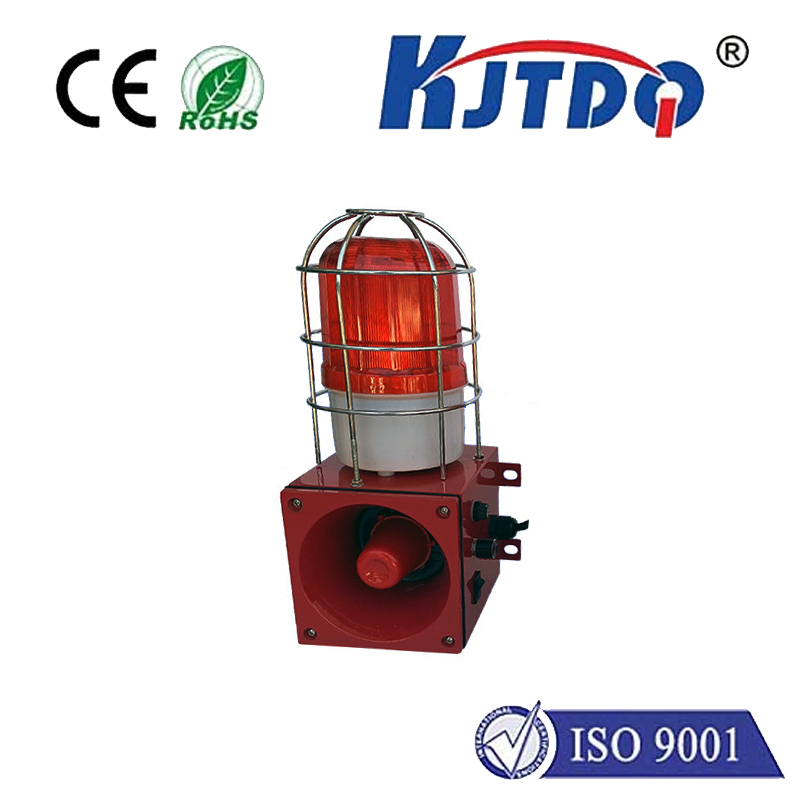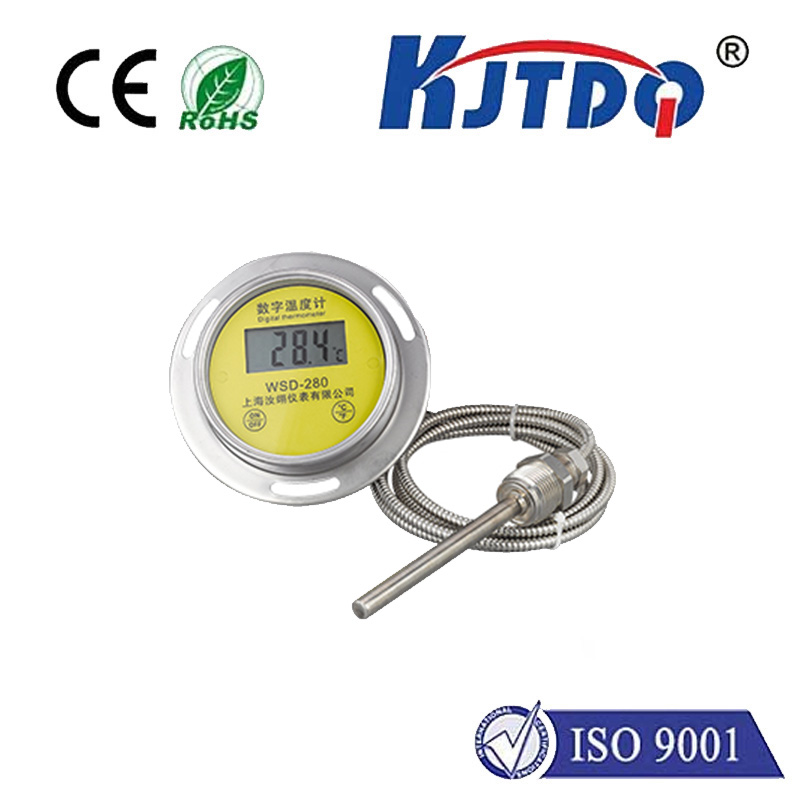
check

check

check

check
The proximity sensor is a small device that detects the presence of an object or person by measuring the distance between them and the sensor itself. It works based on the principle of electromagnetic induction, which generates a voltage in a coil of wire when an electric current passes through it. This voltage can be used to determine the distance between the sensor and the object or person.
The proximity sensor is commonly used in various applications, such as home automation systems, security systems, and fitness trackers. In home automation systems, the sensor can be used to detect when someone enters a room and turn on/off lights, adjust thermostats, or play music. In security systems, the sensor can be used to trigger alarms when someone approaches the door or windows. In fitness trackers, the sensor can be used to track steps, count calories burned, or monitor sleep patterns.
Despite its small size and simplicity, the proximity sensor plays a crucial role in modern technology and has numerous benefits over traditional methods of sensing distance. It is lightweight, durable, and cost-effective, making it an ideal choice for various applications where accurate distance detection is essential. With its ability to detect proximity without physical contact, it also promotes social distancing and helps prevent the spread of diseases like COVID-19.
